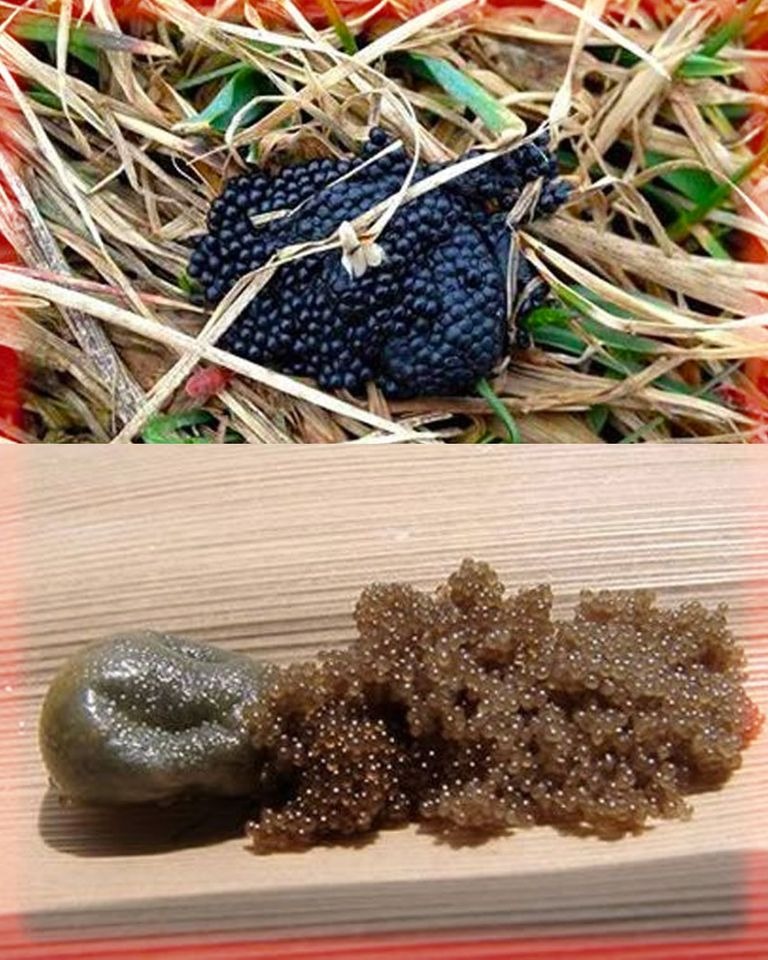For accurate identification and advice on tick treatment and removal, it’s best to seek the advice of a veterinarian or professional pest control specialist when dealing with tick eggs in your garden. Ticks that have connected to skin can be removed by firmly grabbing them at their mouth or head with fine-tipped tweezers and gently pulling them away from the skin without jerking or twisting. Put the tick in alcohol, a sealed bag, or flush it down the toilet after removal.
Safety Steps You Can Take Right At Home
Cut Down on Plants That Attract Deer: If you want to stop the spread of Lyme disease via ticks, you should cut down plants that attract deer, such as azaleas, hostas, and tulips.
Plants that Deter Ticks: If you want to keep ticks at bay, plant some mint or rosemary and some chrysanthemums.
Keeping Up with Your Lawn: Maintain a groomed lawn and cut back on overgrown vegetation. Tick habitat is diminished as a result.
Keep Debris and Woodpiles Under Control: Ticks like dark, damp areas to lay their eggs. Make sure to keep woodpiles at a safe distance from the home and on a level surface.
Avoid Having Little Host Animals: The most common hosts for ticks are rodents, therefore it’s best to keep bird feeders away and stonewalls in good repair.
An efficient natural tick repellant is diatomaceous earth, together with essential oils such as cedarwood, neem, and citronella.
Use Tick Tubes: These tick-killing and disease-prevention gadgets don’t require spraying.
To make your garden beds less tick-friendly, try using pebble mulch or lava rock as mulch.
Establish Areas Devoid of Lawn:
Continue Reading in next page

